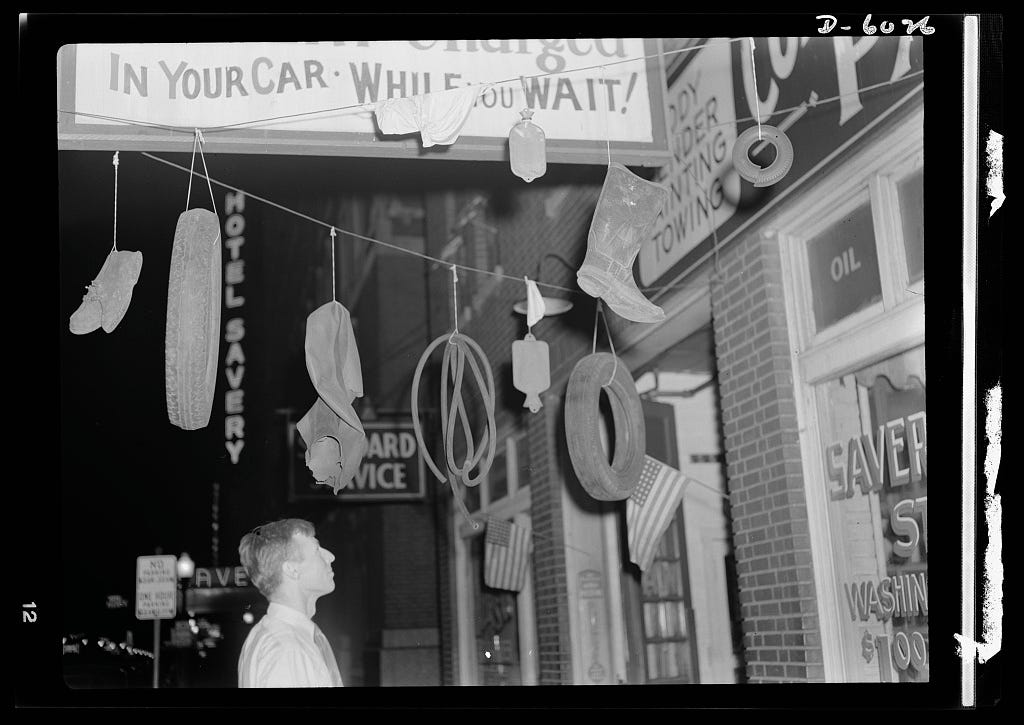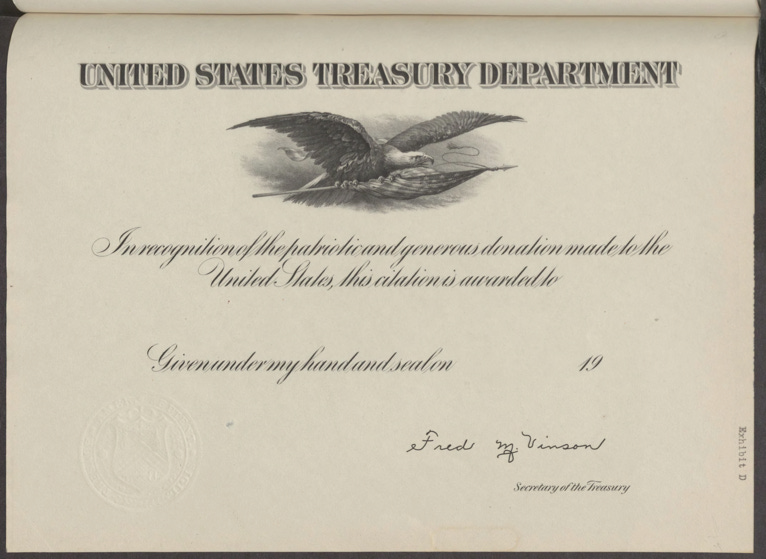Donations in WWII: the Treasury's Records
Uncle Sam wants you, but would settle for fifteen thousand pigeons.

The second World War called for national sacrifice: hundreds of thousands of soldiers gave their lives, while millions of civilians ate rationed food and skimped on goods needed for the war (such as rubber and paper).
Total war also involved less traditional sorts of sacrifice, with citizens donating their goods directly to the military – sometimes even donating their pets.
Most of these donations were requested by the federal government. However, many patriotic Americans sprang into action and donated anything they felt the military ought to have. They didn’t wait on mere formalities, such as finding out if the government actually wanted it.
Donations during the war
There were a wide variety of donation drives throughout WWII. These included campaigns for rubber, paper, kitchen fats, women’s stockings, and numerous other goods. The military asked for specific items: for instance, the Navy asked for high-quality binoculars.
Even pets were enlisted into the war effort. In the Dogs for Defense program, the military asked families to send their dogs to serve as sentries (and similar roles).
Besides all of these formal drives, Americans felt free to donate other goods, whether the government had asked for them or not.
And we have a very entertaining description of what they donated. The US Department of the Treasury kept records on all donations, both solicited and unsolicited. In 1946, a Treasury official named E.F. Bartelt reviewed these records and said (of the donations):
They included motor boats and yachts; motion picture films; a train of eight coaches; decontamination units; around two million copies of various books, booklets, and magazines; ten million yeast tablets; thirty thousand deep-sea fishing kits valued at $65,000; twenty-five thousand game kits valued at $82,000; baseball kits valued at $22,000; medical supplies, including iron lungs; public address systems for hospitals; radio equipment; a completely furnished day-nursery building; a greenhouse; eighty thousand phonograph records; more than fifteen thousand carrier pigeons for the Signal Corps; several hundred dogs for war service; cigarettes valued at $153,000; a riding horse; also many bed furnishings and furniture; handicraft equipment; nursery supplies; thousands of decks of playing cards; flags; meal tickets, and many other items.1
But this was no one-sided bargain. The Treasury department sent a certificate of appreciation to everyone who donated their worldly possessions, whether the government had wanted them or not:2
It was unquestionably a different era.
Appendix: The author wants YOU
I would love to know more about the train, the completely furnished daycare, the riding horse, and the greenhouse.
Do you know anything about these intriguing donations? Or know somebody who would know?
If so, I’d love to hear more. Shoot me an email at khawickhorst@gmail.com, or message me here on Substack or on LinkedIn.
Bartelt, Edward F. “War History of the Bureau of Accounts.” Bureau of the Fiscal Service, US Department of the Treasury, 1946. Page 12-13.
Bartelt, Edward F. “War History of the Bureau of Accounts (Exhibits).” Bureau of the Fiscal Service, US Department of the Treasury, 1946. Exhibit D




